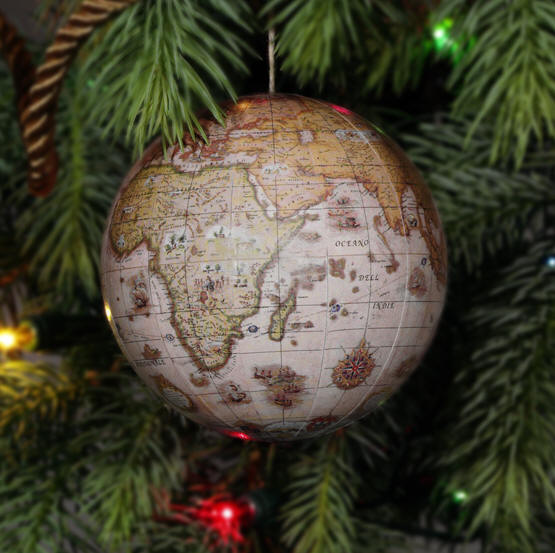Dreaming of a Green, Green Christmas.
Christmas is a time of the year when lots of waste is generated and our energy consumption overall is greatly increased. It is a time for celebrations and with a little thought and imagination we can help reduce the environmental impact of the festive season.
Here are some Green Christmas tips that’ll help you to save money, reduce your Christmas carbon footprint and won’t cost the Earth!
Although plastic Christmas trees are reusable from year to year, real trees are the more sustainable choice. Plastic trees are made mostly of plastic and use up resources in both the manufacture and shipping. While artificial trees theoretically last forever, research shows that they are typically discarded when repeated use makes them less attractive. Discarded artificial trees are then sent to landfills, where their plastic content makes them last forever.
Live trees, on the other hand, are a renewable resource grown on tree farms, that are replanted regularly. They contribute to air quality while growing, and almost ninety percent are recycled into mulch. Live trees are usually locally grown and sold, saving both transportation costs and added air pollution.
Go to your local council’s website after Christmas for details on tree recycling and collection.
Visit your local garden centre and buy a live Irish grown tree in a large pot. This will allow you to reuse the tree for a few years without having to plant or re-pot the tree. If you have a spacious garden the tree can be planted out after Christmas where it can be enjoyed for many years and also help the environment.
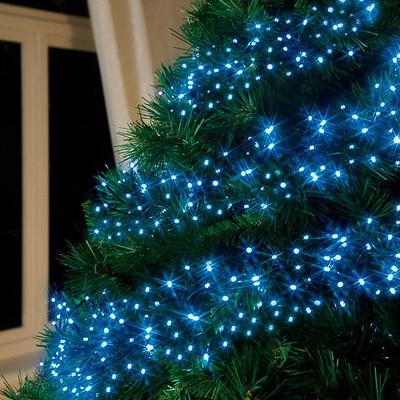
We all like to decorate our Christmas trees and the exterior of the house with hundreds of those little twinkling lights and you don’t have to stop doing that to go green. However, you do need to replace those traditional Christmas lights from years past with the newest kid on the block – LED (light emitting diode) Christmas lights.
They use up to 90% less energy than traditional incandescent Christmas lights. Beyond the decrease in energy usage, these LED lights produce very little heat which significantly reduces the risk of fire and they last about 10 times longer than traditional lights (about 200,000 hours).
Look for locally made gifts – many gifts today come from halfway around the world, and the impact of transportation, the raw materials, manufacturing ethics, use of toxic chemicals etc contributes significantly to greenhouse emissions and global warming. Local markets, craft fairs and artisan shops are a good source for gifts that come without the added costs of transportation.
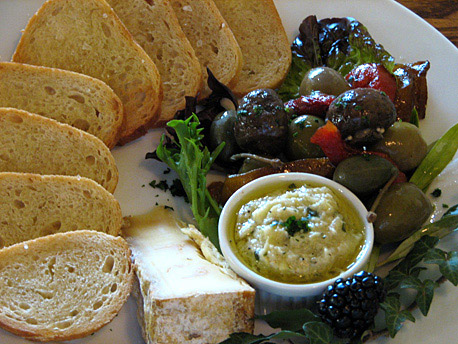
Choose gifts made from recycled sources – many individuals and small businesses have developed great products using recycled materials. Supporting these businesses helps reduce the waste stream while promoting the concept of making best use of available materials.
Why not consider the gift of a tree for someone special this Christmas. Planting a tree can be a very touching gift as it will last a lifetime. Trees are also very beneficial for the environment and help set off our carbon footprint.
Alternatively you may know someone who would like to start growing their own vegetables but just don’t know where to start. By growing vegetables in your own back yard, you directly reduce the demand for produce shipped from remote locations and thereby, reduce your own carbon footprint. So, whether they have a sunny windowsill, a small back garden or a few acres why not contact Greenside Up in Carlow and Aisling Designs in Wexford who, with their expertise can point them in the right direction to realise their dream.
Just imagine going out into your own garden on Christmas morning to harvest your own organically grown vegetables that ‘taste’ like vegetables should!

Remember to wrap your gifts in an eco-friendly way and try to avoid using foil or plastic wrapping, plastic ribbons and sellotape. Try wrapping your presents in brown or recycled paper, recycled foil or newspaper, and using string or raffia (made from bark which regenerates) to tie it up. Better still find inspiration from things lying around the house and get creative. Wrap presents with old maps, calendars, the comics section of newspaper, or children’s artwork. Once you start looking at material as potential gift wrapping aids, the possibilities are endless.
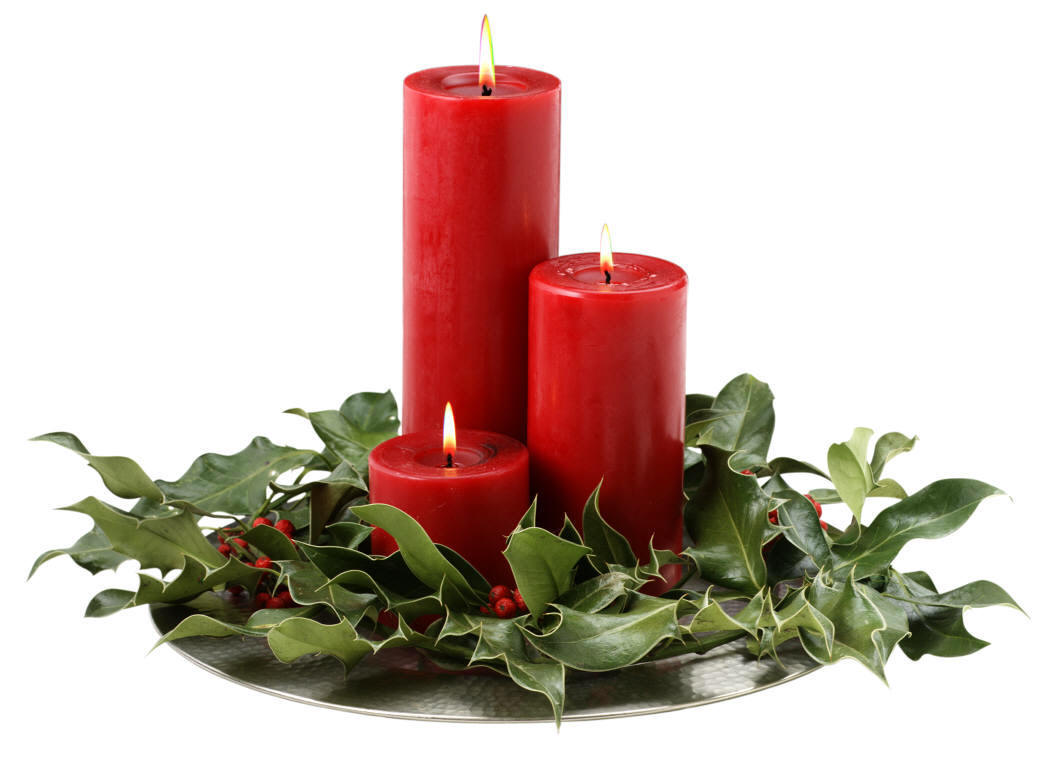
Candles add a lovely festive touch to the home. Paraffin candles are made from petroleum residue and are not good for your health or for the environment. Only buy candles made from soy, beeswax or natural vegetable-based wax are more eco-friendly because they biodegrade and are smoke-free.
‘Deck the halls with boughs of holly…’ Take a look around the garden and countryside and you will discover an abundance of natural materials to decotate your home. Evergreens, berries, fruit, twigs, pine cones, holly, mistletoe, bark, and moss can all be used to create an amazing festive feel throughout your home. Mantle pieces, door wreaths, centre pieces, swags, the list is endless, the list is endless and remember it won’t have cost the Earth!
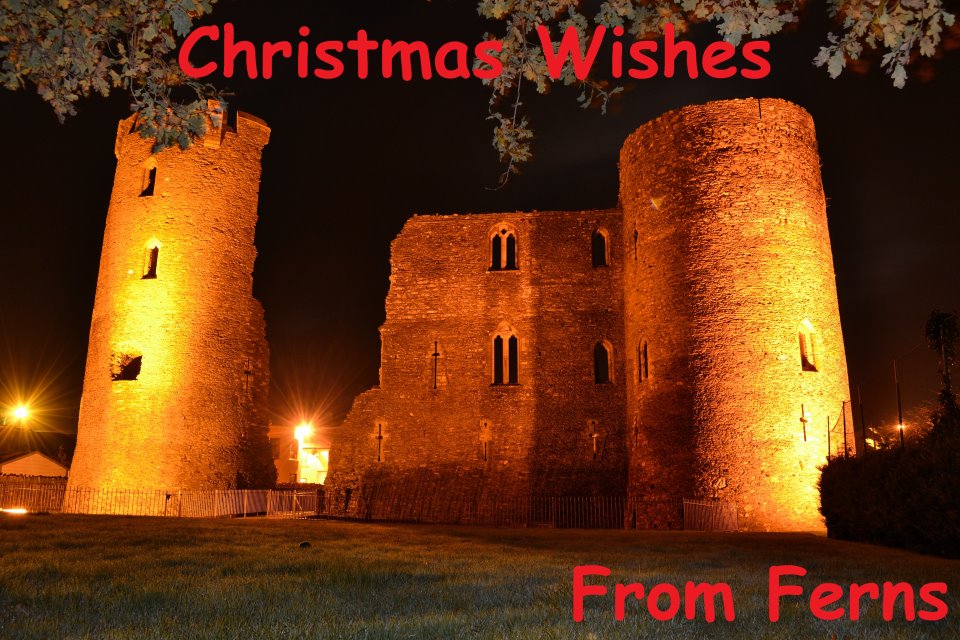
Sending Christmas cards to friends, family, neighbours and co-workers is a tradition in most Irish families. This year, try to buy cards that have been made from recycled paper or from sustainable forests or better still send an e-card where possible. The amount of cards sent every year places a huge demand on natural resources not to mention the transport emissions from moving these cards through the post!
Making homemade cards is a fun activity for the family. They may not be as professional as shop bought cards, but they are more personal and just as appreciated.
Instead of throwing the cards that you have received in the bin at the end of the season, recycle them or better still cut them up to make gift tags for next year’s presents.
Finally, buy cards from a charity that uses the funds to make a difference. Charity cards bought in major retailers do not raise a lot of cash for the charities whose names are on them. As little as 10 per cent of the sale price of some cards actually goes to the cause. If a card is bought directly from the charity, closer to 80 per cent of the total price goes to the charity.

